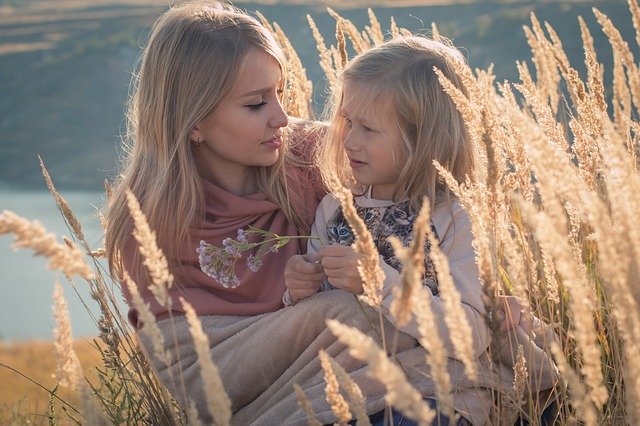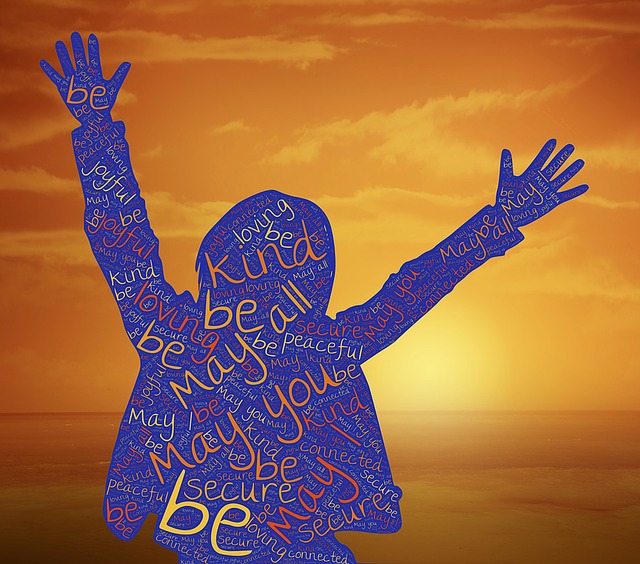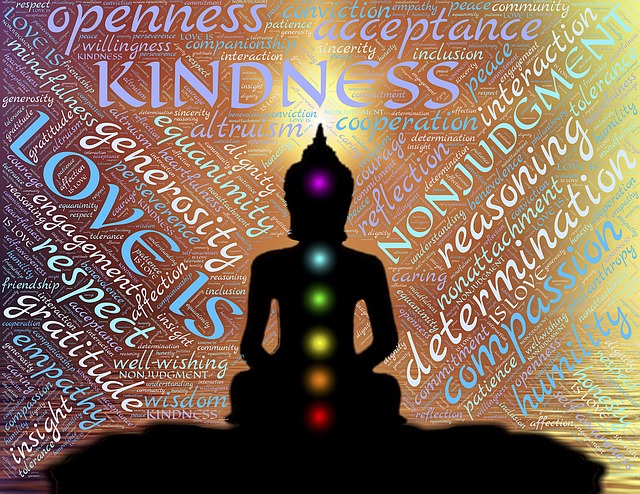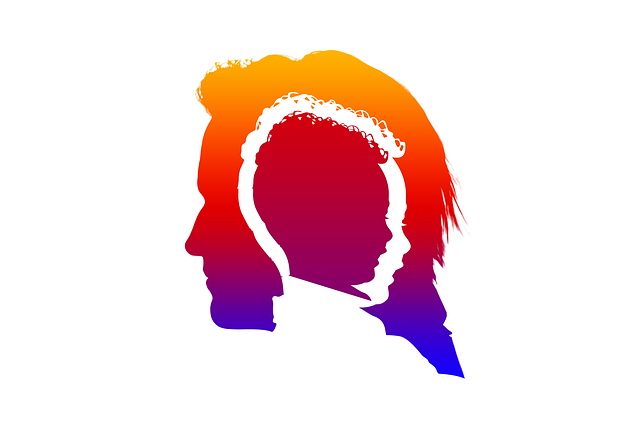Neuroscientists tell us that we become what we focus on because the act of focusing and paying attention creates new or deepened neural pathways in our brain. So if we are constantly obsessed with criticism – finding fault – then this stance begins to pervade our whole life, and nothing will ever satisfy us. So too if we develop kindness through meditation, our thoughts and actions become kinder towards ourselves and others.
Diana Winston,
Director of Mindfulness Education at the Mindful Awareness Research Center (MARC)
at UCLA, offers a specific guided meditation designed to develop kindness. This meditation podcast is one of the weekly podcasts
offered by Diana or one of her colleagues on a weekly basis through MARC –
drawing on personal experience, dedicated research and the wisdom of the global
mindfulness community. The kindness
meditation as with most MARC meditations begins with being grounded and then
moves to offering kindness to ourselves followed by kindness to others.
Becoming grounded in meditation
There are multiple ways to become grounded – becoming
focused, still and fully present. Often,
we can start with deep breathing to enable our body and mind to relax
and increase awareness of our bodily sensations. This enables our focus to move inwards and
away from the distractions and intensity of the day – away from the anxiety,
negative thoughts and worries associated with meeting deadlines, doing
presentations, dealing with conflict or challenging interactions with
colleagues or salespeople in stores and supermarkets.
Once we gain some sense of balance and ease with deep
breathing, we can move on to undertake a body scan. This entails progressively noticing the
various parts of our body and related bodily sensations, releasing any tension
and tightness as we progress. We can
observe the firmness of our feet on the floor, straightness of our back, weight
of our thighs on the seat, the pressure on our back from the chair and the
tingling and warmth from energy flow in our fingers. Observation will lead to awareness of tension
which we can release as we go – tautness in our shoulders and arms, rigidity in
our stomach, stiffness in our neck or tightness in our jaw, forehead or around
the eyes. It is important to focus on
tension release and not seek to work out why we are so uptight or tense or,
even more importantly, to avoid “beating up” on ourselves or being unkind
towards our self because of the “failing” or deficiency” represented by our
tension.
Finding our anchor in meditation
The next stage of the meditation is to find an anchor that we can continuously return to in the event of distractions or loss of focus – an anchor to stop us from being carried away by the tide of our thoughts or emotions. An anchor is a personal choice – what works for one person, may not work for another. Typically people choose their breath, sounds in the room or some physical contact point.
You can focus in on your breath – bringing your
attention to where you most readily experience breathing – in your chest,
through your nose or in your abdomen. For instance, you can increase your
awareness of the rise and fall of your abdomen with each breath and choose to
rest in the space between your in-breath and out-breath.
Another possible anchor is listening to the sounds in
your room – listening without interpreting, not trying to identify the nature
or source of a sound and avoiding assigning a feeling, positive or negative, to
the sound. You can develop a personal
preference for using your “room tone” as your
anchor.
Choosing a physical contact point in your body is a
useful anchor because it enables you to ground yourself wherever you happen to
be – whether at work or home or travelling.
It can help you to turn to awareness rather than your phone whenever you
have waiting
time. An example is to focus on the firmness
of your feet on the ground, the floor of your room or the floor of your car
(when it is not moving!). My personal
preference is to anchor myself by joining my fingers together and feeling the
sensations of warmth, energy and strength that course through the points of contact
of the fingers.
Whatever you choose as an anchor, the purpose is to be enable
you to return your attention to the focus of your meditation and, in the
process, build your awareness
muscle. As Diana reminds us, “minds
do wander” – we can become “lost in thought”, distracted by what’s happening
around us, planning our day, worrying
about an important meeting, thinking of the next meal, analysing a political
situation or indulging in any one of numerous ways that we “live in our minds”.
Throughout the process of grounding, it is important to be
kind to our self – not berating our self for inattention or loss of focus, not assigning
negative labels to our self, such as “weak”, “distractible”, or any other
derogatory term.
Kindness meditation
The kindness meditation begins with focusing on someone who
is dear to us – our life partner, a family member, a work colleague or a close friend. Once you have brought the person into focus,
the aim is to extend kind intentions to them – you might wish them peace and tranquillity,
protection and safety, good health and strength, happiness and equanimity, the ease
of wellness or a combination of these desirable states.
You can now envisage yourself receiving similar or different
expressions of kind intentions from the same person. This can be difficult to do – so we need to be
patient with this step and allow our self to be unsuccessful at the start
(without self-criticism or unkindness towards our self). We can try to become absorbed in, and fully
present to, the positive feeling of being appreciated and loved. Drawing on our
memories of past expressions of kindness by the focal person towards us, can
help us overcome the barriers to self-kindness.
You can extend your meditation by focusing your loving
kindness meditation on others, particularly those people you have
difficulty with or are constantly in conflict with. We can also extend our kindness meditation by
forgiving
our self and others for hurt that has been caused.
Reflection
Kindness meditation helps us to grow in mindfulness – to become
more aware of others, the ways we tend to diminish our self, our bodily
sensations and our thoughts and feelings.
It assists us to develop self-regulation – learning to maintain focus
and attention, controlling our anger and criticism (of our self and others) and
being open to opportunities and possibilities.
Through the focus on kindness, we can become kinder to our self and
others (even those we have difficulty with).
_____________________________________
Image by John Hain from Pixabay
By Ron Passfield –
Copyright (Creative Commons license, Attribution–Non Commercial–No Derivatives)
Disclosure: If you purchase a product through this site, I may earn a commission which will help to pay for the site, the associated Meetup group and the resources to support the blog.









